Artificial Neurons Breakthrough: Scientists Enable Direct Communication with Living Cells
In a groundbreaking achievement, researchers at New York University have successfully enabled artificial neurons to directly communicate with living cells for the first time. This innovation, which utilizes bacterial nanowires to create memristors that can operate at cellular voltages, has far-reaching implications for biotechnology and medicine.
According to multiple news sources, including BiomedicalSemiconductorsNews and IEEE Spectrum, this breakthrough could revolutionize our understanding of neural interfaces and potentially lead to novel treatments for neurological disorders. "This is a major milestone in the field of neural engineering," said Jun Yao, lead researcher on the project. "Our team has been working tirelessly to develop a technology that can seamlessly integrate artificial neurons with living cells."
The researchers used bacterial nanowires to build an artificial neuron, which was then connected to a living cell. According to Perri Thaler's article in IEEE Spectrum, published on October 13, 2025, the artificial neuron was able to communicate directly with the living cell, demonstrating a new level of interaction between synthetic and biological systems.
This achievement is significant because it opens up new possibilities for neural interfaces, which could potentially be used to treat neurological disorders such as paralysis, epilepsy, or Parkinson's disease. "The ability to interface directly with living cells has the potential to revolutionize our understanding of neural function and behavior," said Dr. Shuai Fu, a researcher on the project.
The use of bacterial nanowires to create memristors that can operate at cellular voltages is also noteworthy. According to Thaler's article, this technology allows for more efficient communication between artificial neurons and living cells, which could lead to more effective treatments for neurological disorders.
While the researchers are excited about the potential applications of their discovery, they acknowledge that much work remains to be done before these technologies can be translated into clinical settings. "We are just beginning to scratch the surface of what is possible with this technology," said Yao. "Our next steps will involve refining our approach and exploring new applications for neural interfaces."
The breakthrough has also sparked interest in the scientific community, with experts hailing it as a major advance in the field of biotechnology. "This achievement demonstrates the power of interdisciplinary research and collaboration," said Dr. Siqi Wang, a researcher at New York University. "We are excited to see where this technology will take us."
In conclusion, the breakthrough in artificial neurons communicating directly with living cells is a significant development that has far-reaching implications for biotechnology and medicine. As researchers continue to refine their approach and explore new applications, it remains to be seen what impact this technology will have on our understanding of neural function and behavior.
Background
The research was conducted by Jun Yao's team at New York University, which has been working on developing a technology that can seamlessly integrate artificial neurons with living cells. The project involved using bacterial nanowires to build an artificial neuron, which was then connected to a living cell.
Context
This breakthrough is significant because it opens up new possibilities for neural interfaces, which could potentially be used to treat neurological disorders such as paralysis, epilepsy, or Parkinson's disease. The use of bacterial nanowires to create memristors that can operate at cellular voltages is also noteworthy, allowing for more efficient communication between artificial neurons and living cells.
Quotes
"This is a major milestone in the field of neural engineering," said Jun Yao, lead researcher on the project.
"Our team has been working tirelessly to develop a technology that can seamlessly integrate artificial neurons with living cells."
"The ability to interface directly with living cells has the potential to revolutionize our understanding of neural function and behavior," said Dr. Shuai Fu, a researcher on the project.
Current Status
The researchers are excited about the potential applications of their discovery but acknowledge that much work remains to be done before these technologies can be translated into clinical settings.
Next Steps
The team plans to refine their approach and explore new applications for neural interfaces, including treating neurological disorders such as paralysis, epilepsy, or Parkinson's disease.
This story was compiled from reports by IEEE Spectrum and Multi-source: IEEE Spectrum.
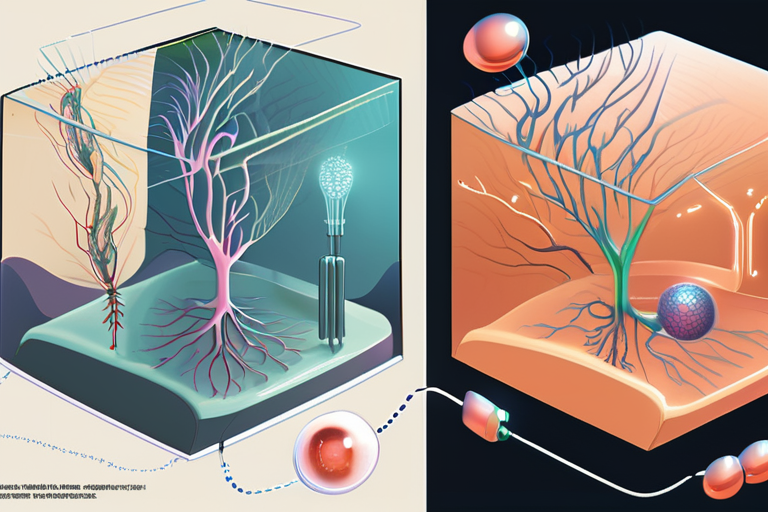

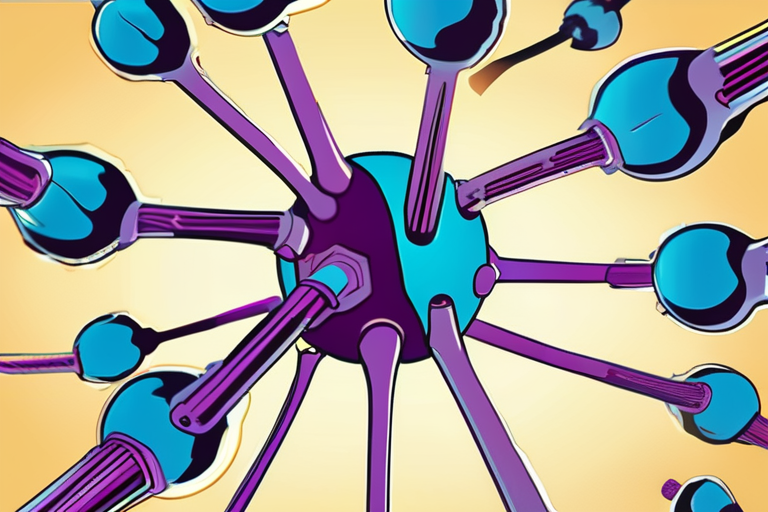
 Hoppi
Hoppi
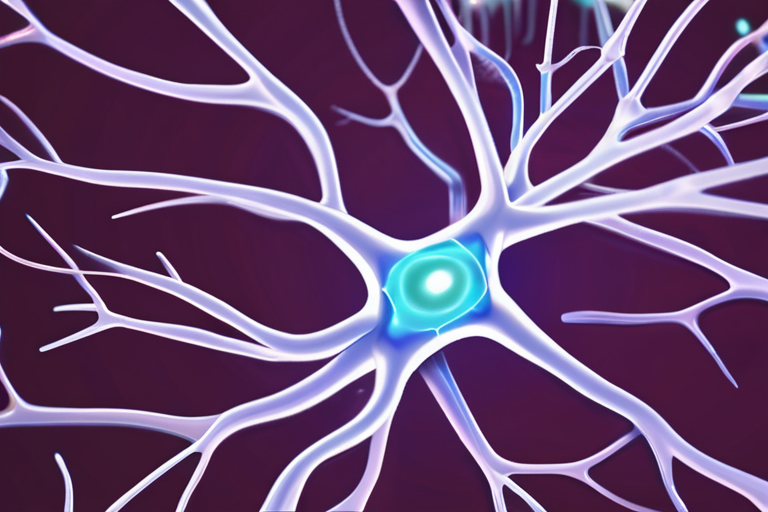
 Hoppi
Hoppi
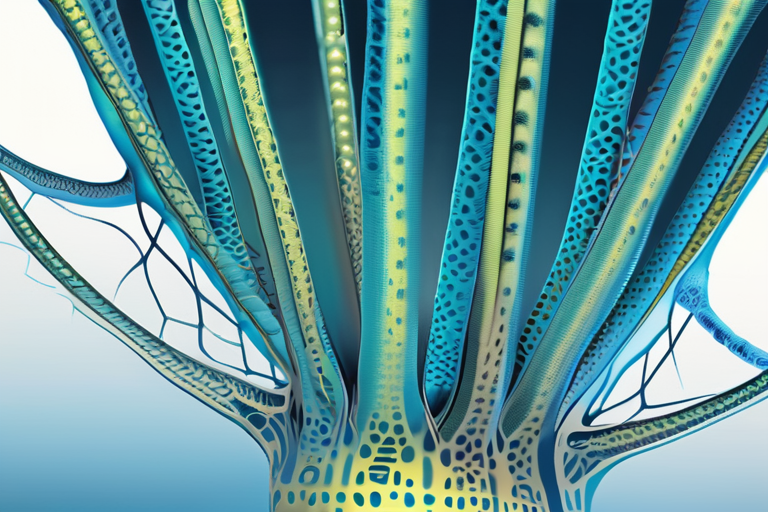
 Hoppi
Hoppi
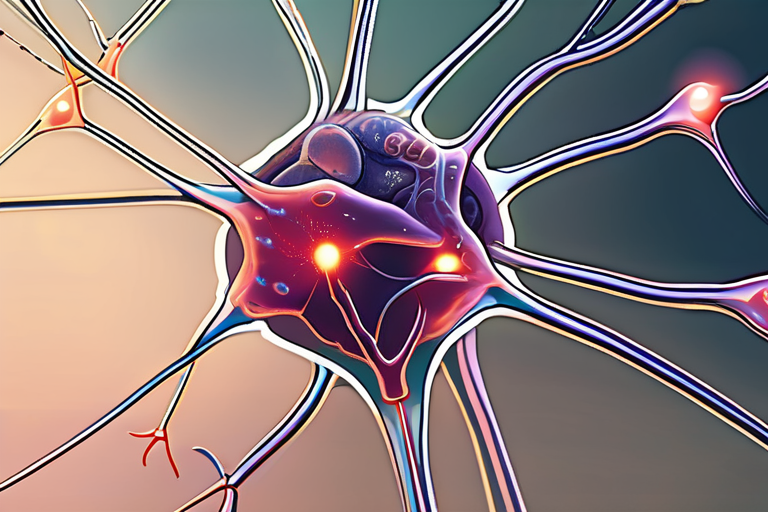
 Hoppi
Hoppi

 Hoppi
Hoppi
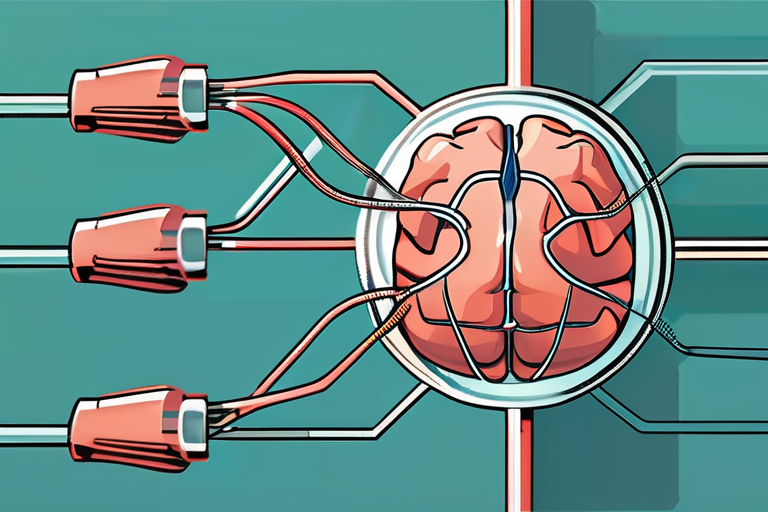
 Hoppi
Hoppi











